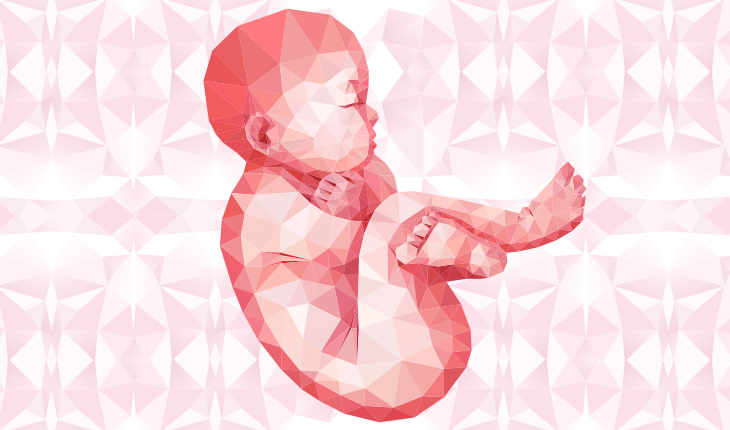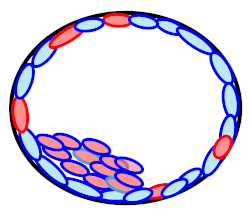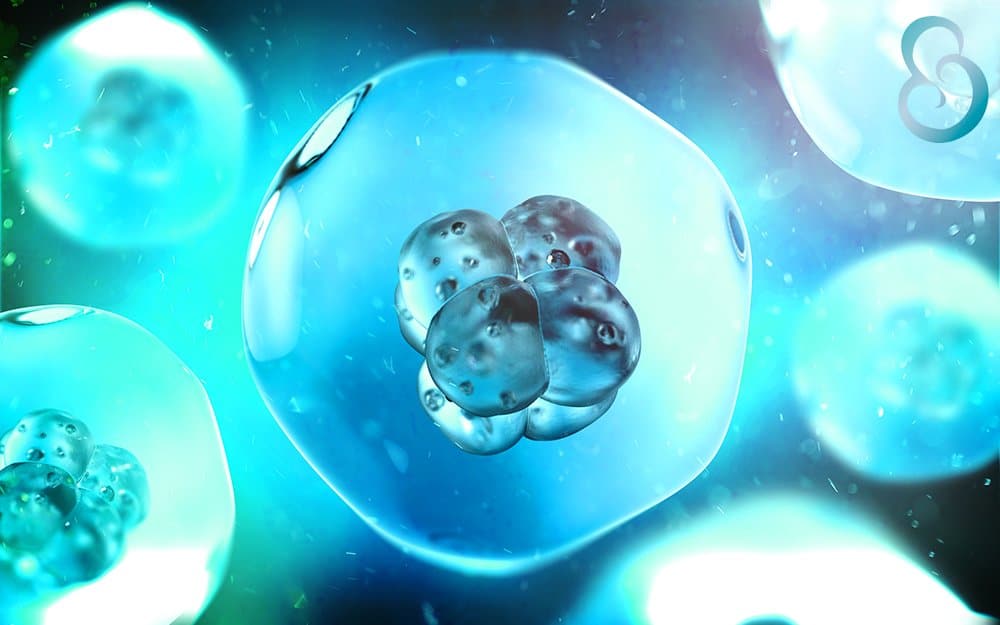

But before considering the challenges of mosaicism and what to do with predicted mosaic embryos, it is important to take a step back and carefully consider what we know, and what we don’t know, about mosaicism. This has resulted in a shift in how we classify PGS-tested embryos: from the previous “normal or abnormal” dichotomy, to now a spectrum that includes a more ambiguous, “mosaic” designation.

However, as genetic technologies with higher resolution have been applied to PGS, the ability to reliably detect more types of genetic errors, such as mosaicism, has improved. It’s important to realize that nothing has changed intrinsically about the embryos transferred in IVF for decades we have been transferring unscreened embryos that included a mix of chromosomally normal (euploid), chromosomally abnormal (aneuploid) and mixed (mosaic) embryos. High-profile articles have in the New York Times and the New England Journal of Medicine, focusing on the challenge of what to do with mosaic embryos created during IVF. This latest one revolves around the issue of mosaicism or embryos that predicted to be a mix of normal and abnormal. But just when we thought the controversies surrounding PGS had been mostly resolved, over the last several months a new controversy has emerged. It is now routine to transfer a single embryo and maintain excellent pregnancy rates and minimize the risk of miscarriage across age groups. Please ask your doctor’s office to provide you with Karen’s direct phone number or email.The increased use of preimplantation genetic screening (PGS) in recent years has resulted in improved outcomes for couples with infertility who are going through IVF.
Mosaic embryo free#
If you have any additional questions, feel free to reach out to Karen Spitzer, or speak with your TRIO doctor about the best approach for your personal situation. After counselling, understanding TRIO’s current policies and discussion with the physician, we believe our patients are in a better, more informed position.

At TRIO our policy relating to mosaic embryo transfer is continually updated based on current evidence in the literature, and always involves genetic counselling as well as input from the TRIO physician. This type of analysis is a critical part of any discussion between you and your doctor when considering the possible transfer of a mosaic embryo. At this time, there are numerous factors involved when we consider how mosaic embryos are ranked, and still more when we consider these kinds of embryos for possible transfer. We continue to learn more about mosaics on an ongoing basis. We do know that mosaic embryos that have been transferred are associated with lower implantation rates, higher miscarriage rates and fewer live births however, they can at times result in live births. Transferring mosaic embryos is an area of controversy within the PGT community. Mosaicism has always existed in embryos, but it is only in recent years with the advent of PGT-A technology that we can identify it. Mosaic embryos are classified as either low level or high level and can involve issues with one or more chromosomes. Mosaic embryos are likely due to errors that occur after fertilization. These kinds of embryos represent a grey area between euploid embryos and aneuploid embryos. Approximately 15% of all PGT cases are found to be mosaic. Mosaicism refers to those embryos that are found to have a mix of normal and abnormal cells in varying degrees within a single embryo. For these reasons, at TRIO we do not transfer aneuploid embryos. What does abnormal mean? Aneuploid embryos are associated with adverse outcomes which can include failed implantation, pregnancy loss (miscarriage), or a possible livebirth with physical and or intellectual challenges. Aneuploid embryoĪn Aneuploid embryo has either extra or missing chromosomes and is considered abnormal. Euploid or normal embryos are the ones we hope to transfer for our patients. The majority of tested embryos will fit into one of the following categories: Euploid embryoĪ Euploid embryo is an embryo that has the correct number of chromosomes and is considered a normal embryo. This kind of testing can determine the chromosomal status of the embryo, that is, whether it is considered normal, abnormal or contains a mixture of cells. PGT-A, or Preimplantation Genetic Testing for aneuploidy, takes a very close look at an embryo at the chromosomal level. We asked Karen Spitzer, our PGT Programs Manager, to explain these terms and outline some of the issues involved in the decisions around embryo transfer. Frequently, we get questions about aneuploid and mosaic embryos at TRIO, particularly about our policies regarding transfer.


 0 kommentar(er)
0 kommentar(er)
